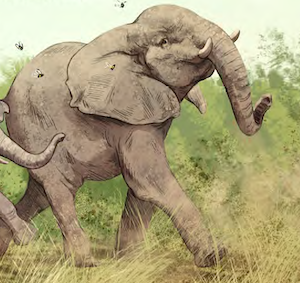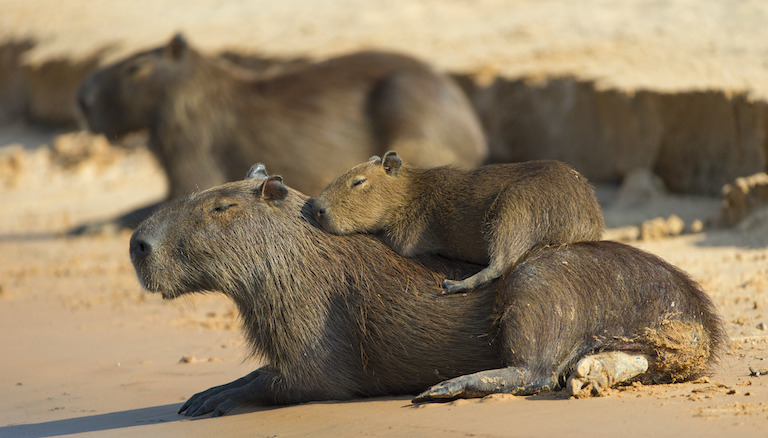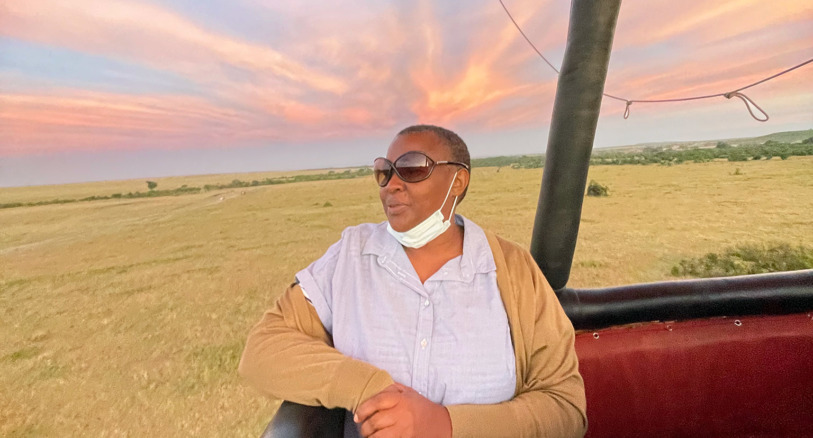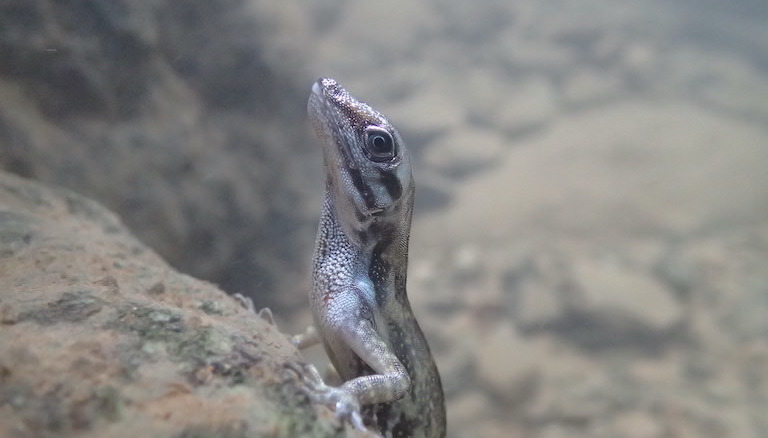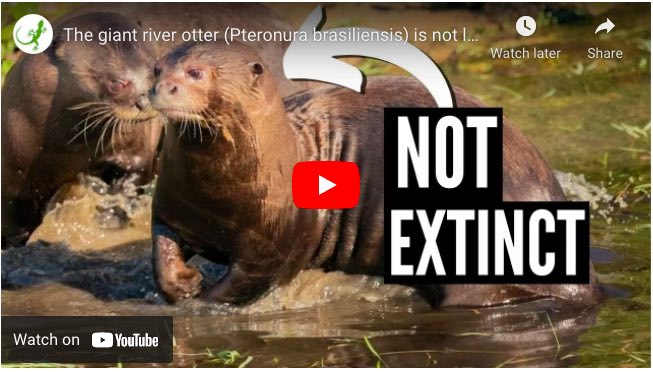October is a great time to get wild!
This October you might be daydreaming about how to make your Halloween costume more spooky. Or maybe you’re still deciding what to carve on your pumpkin? But wait! There is more to get wild about this month: October is now also Lost Species Month!

The first annual Lost Species Month celebrates the plants, animals, and fungi that have disappeared but may actually be hiding somewhere out there on our great planet.
Don’t worry! Tireless nature detectives are on the case. They’re seeking out clues and leading expeditions in search of these missing species. And each rediscovery brings new hope that more wild surprises are around the corner.
So what is a lost species anyway? And why should we try to find them?
Lost species are plants, animals, and fungi that scientists have not seen for at least 10 years. Some lost species haven’t been seen for decades or even longer.
Experts have put together a list of more than 2000 lost species from over 160 countries. Many of these species may be at risk of extinction. We don’t know, though, unless we look for them.
Which species are lost? All kinds of plants, animals, and fungi are lost. To name a few, there’s the Big puma fungus from South America (lost since 1988), the Blanco blind salamander from the United States (lost since 1951), and the South Island kōkako bird from New Zealand (lost since 2007). If you’re into stats, here are some:
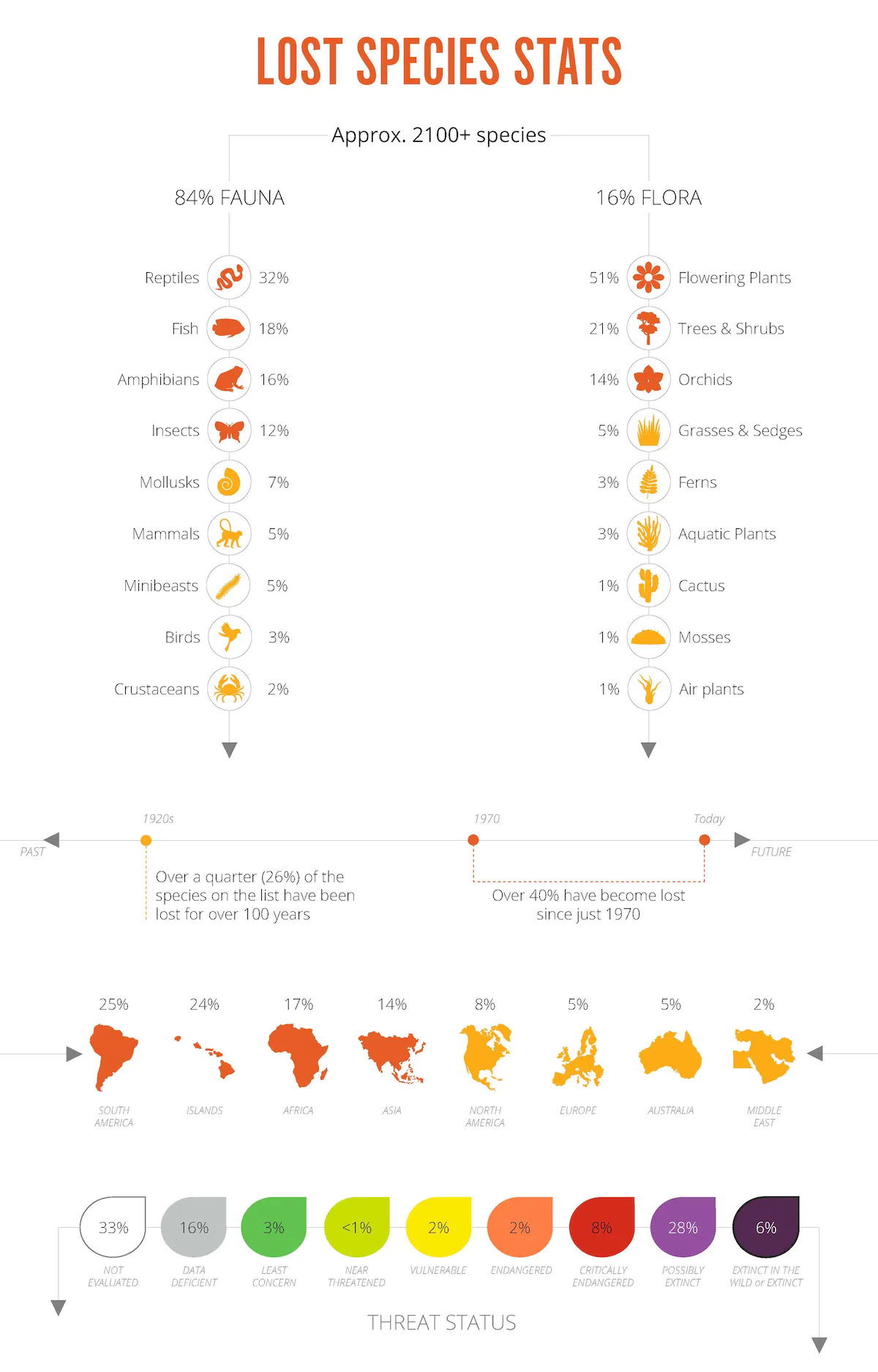
How do species become lost? Some lost species are rare – this means that they are not common, which makes them hard to find. Some lost species are in places that are remote (far away from cities and people) or places that are hard to access (like swamps, mountaintops, or deep in the rainforest).
Why do we want to find them? To make sure they don’t go extinct and disappear forever. Every piece of life has value. Each plant, animal, and fungus has a role to play. If we find lost species, we can make plans to protect them and their habitats.
Rediscovering lost species is like discovering treasure! It gives us hope that we can make the world a better place for all species.
So how do we find lost species? It’s not easy, but there are people like the Re:wild organization working hard to seek out and protect these lost species.
Re:wild and their partners have created lists such as the top 25 most wanted lost species. This helps focus the search. Re:wild teams up with researchers, citizen scientists (people like you!), and local communities to search for any clues of the lost species.
It is tricky but exciting detective work. Teams check historical records. They lead expeditions to amazing places. They interview local people, and use technology like camera traps and DNA analysis. And sometimes, they find what they are looking for!
How many lost species have been found? Nine of the original top 25 most wanted species have been found! This includes a chameleon missing for over 100 years and the largest bee on Earth. And many other species not on the top 25 list have also been found.
Rediscovered: Voeltzkow’s Chameleon
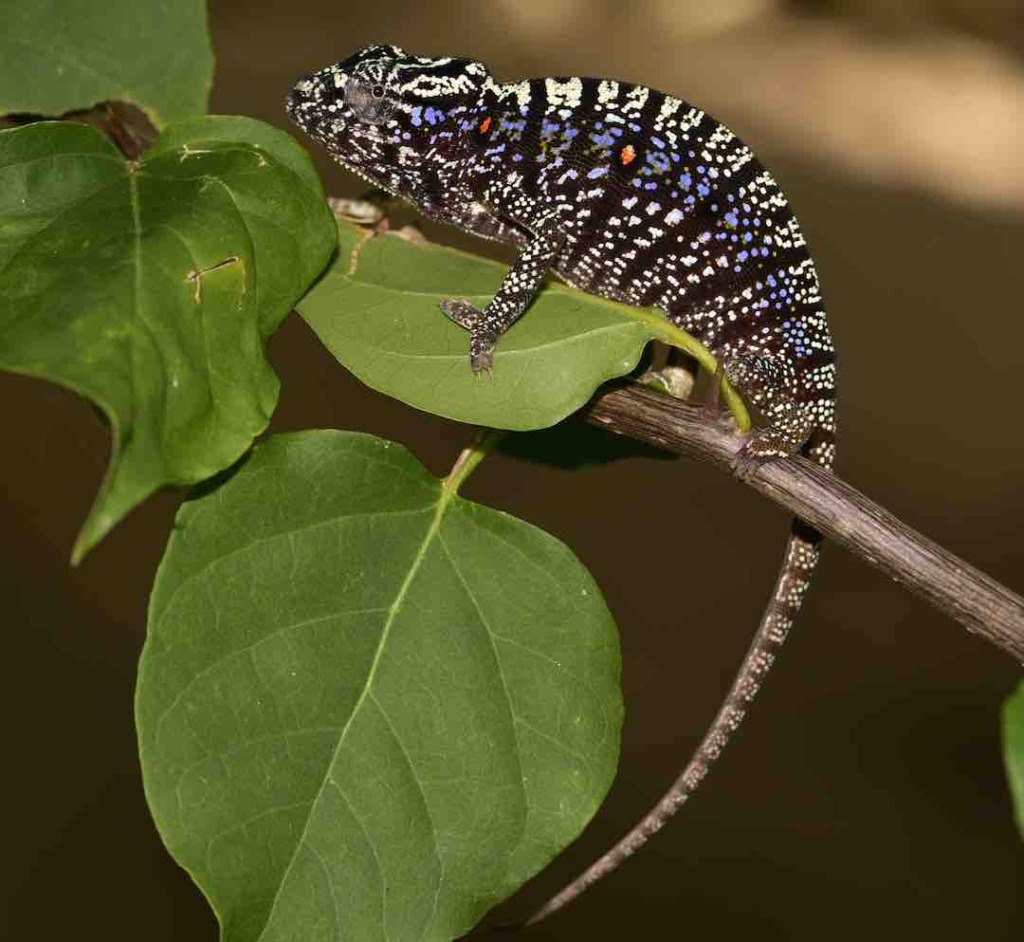
Rediscovered: Wallace’s giant bee
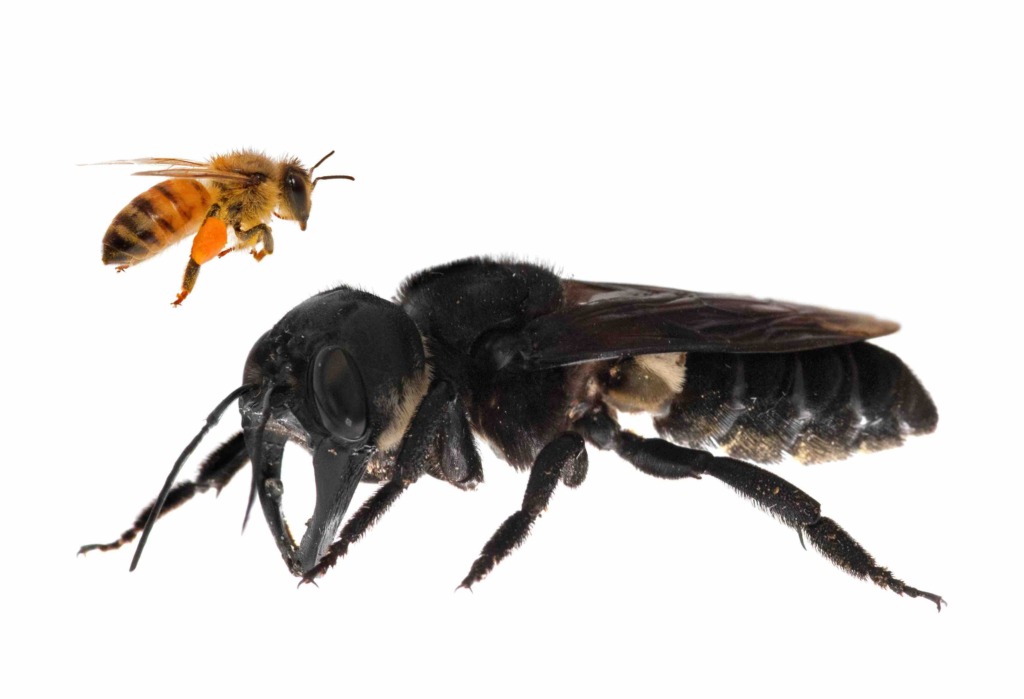
How can you help find lost species?
Anyone can help with the search for lost species. Here is how you can start:
- Learn more about the Search for Lost Species program. And check out the lost species lists to find out if you live near any lost species. (Note to parents/educators: The full list is available for download at “Get the List: All Lost Species” on Re:wild’s website.)
- Become a naturalist and a citizen scientist: learn how to identify and document species. You can use the Seek app by iNaturalist to help you learn these skills. Then you can become a nature detective too – perhaps you’ve already seen clues that others have missed!
- Raise awareness. Tell others about the Search for Lost Species and celebrate Lost Species Month. If you celebrate Halloween, you could turn this into an opportunity to raise awareness about one or more lost species. Here’s how:
- dress as one of the top 25 most wanted lost species or dress as a nature detective
- carve a lost species on your pumpkin
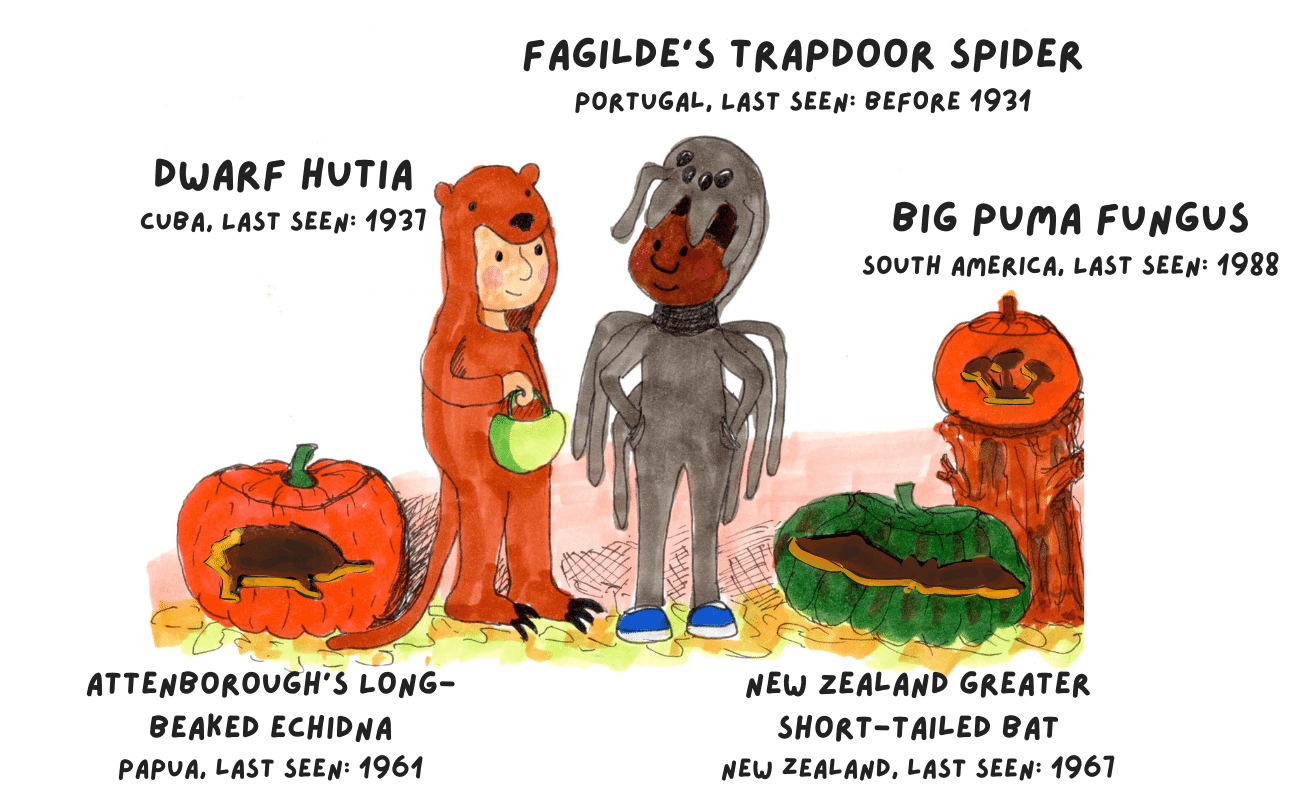
More information for parents and educators
Since 2017, the Re:wild organization has been working with their partners to find and help protect lost species: these are the plants, animals, and fungi that have been lost to science for at least 10 years. This program is called the Search for Lost Species.
October 2023 is the inaugural Lost Species Month. Lost Species Month is a partnership of the Re:wild organization and the International Union for Conservation of Nature (IUCN) Species Survival Commission. The IUCN Species Survival Commission is the expert scientific authority that drafts and maintains the list of over 2000 lost species.
Take a deep dive through Re:wild’s website to learn more about the most wanted lists and discover fascinating stories about expeditions and rediscoveries. You can find FAQ about lost species here.
Citation for the scientific definition of “lost species”
Long, B., & Rodríguez, J. (2022). Lost but not forgotten: A new nomenclature to support a call to rediscover and conserve lost species. Oryx, 56(4), 481-482. doi:10.1017/S0030605322000618
*Mongabay Kids is not responsible for content published on external sites

